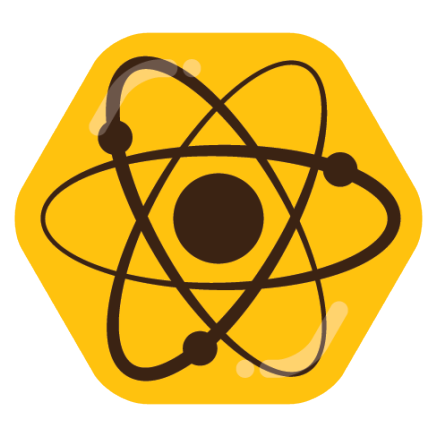For me it was done as a part of a series of images, all focusing on imaging the injured finger and getting other stuff out of the way. The tech was very particular about how everything was oriented and twisted. Something like this.
- 0 Posts
- 16 Comments
Serious answer - I’m not a medical professional, but I’ve hurt a finger recently. This is one of the standard positions for x-raying a hand. Splays out all the fingers while leaving them supported for stability.

 2·8 months ago
2·8 months agoOut of curiosity, did it find a source for those specs that wasn’t indexed well elsewhere?

 13·8 months ago
13·8 months agoThis change doesn’t even have anything to do with customers as far as I can tell? Sounds like they pissed off their resellers by cutting them out of deals with their biggest accounts, and are regretting burning all those bridges.

 3·1 year ago
3·1 year agoThis is a valuable interpretation of quantum computing. I appreciate it leading with a “so what” that so often gets lost in the fundraising hype surrounding any journalism in the space.

 15·1 year ago
15·1 year agoDoesn’t look like it, from their docs:
Non-goals
Patching. Difftastic output is intended for human consumption, and it does not generate patches that you can apply later. Use diff if you need a patch.
It worked great for me years ago, but all the US-based banks I use have since killed off their OFX Direct Connect programs.
In case you are unaware, make sure to override DNS on any web browsers or other programs that might be skipping OS configured DNS servers to use hard-coded DNS over HTTPS servers.
If you’re running your own DNS resolver you can hint this to some applications in your network via a canary domain
I love how distinctive the art style is, but also how the gameplay rewards you for paying attention to the world and design.

 0·2 years ago
0·2 years agoCool news, I hope it’s able to be reproduced!
I appreciate this approach to science writing. Gives context and conveys excitement about the science being done, without resorting to hyperbole about how this is guaranteed to change the world as we know it. And very well distilled for someone like me with no background in materials science!
Personally my peak VR experience has been playing the Outer Wilds with a PC VR mod, but very hardware dependent to get decent framerates.
Wanderer might be a good option for you if you’re looking for a puzzle game with a bit more story meat to it.
I think a lot of VR games end up short and sweet not just for technical & cost limitations but because the extra effort and intensity of the VR experience means players can get burnt out on longer story focused games. I remember Valve talking about how they had to really change up the pacing of their standard formula when they were developing Half Life: Alyx.

 8·2 years ago
8·2 years agoSo obviously this is a very confrontational post, but tone aside, I kind of get it. I think it’s good that the author is up front and has made an explicit decision that they don’t want to put in the effort to build a public community around their software. They’re providing it as-is as a service to the public and they even indicate that they are open to other groups forking and putting the work into building a community. And crucially I’m not seeing an expectation that the community contributes back. I don’t think there is anything wrong in deciding where your interests and limits are, and I’ve seen other open-source projects die or rot when the maintainer runs out of time or loses interest, but without this being clearly communicated.
I agree with you that I personally wouldn’t try to contribute to a project like this since I also have no interest in building a community myself, but at least the project is up-front and clear about all this.
Very cool, any recipes or tips you could share?
Feels like everyone I know has eventually ended up with their own copy. Hands down my favorite coop board game - it does a good job of minimizing the problem where one person effectively ends up playing for the whole table. Plus as you said the flavor is great.



Luckily you can turn it off and use the standard ‘add’ workflow. I did that almost reflexively when I started trying to use jj. (snapshot.auto-track)
However, over time, and once I got the .gitignore fully set up for bigger projects, I’ve come around on re-enabling autocommit for more of my repos. It does flow pretty naturally once you have an established process. I find it enables both better ‘undo’, and more seamless context-switching.
You can also set a more specific snapshot.auto-track on a repo or user basis for personal tooling conventions that don’t make sense to gitignore.